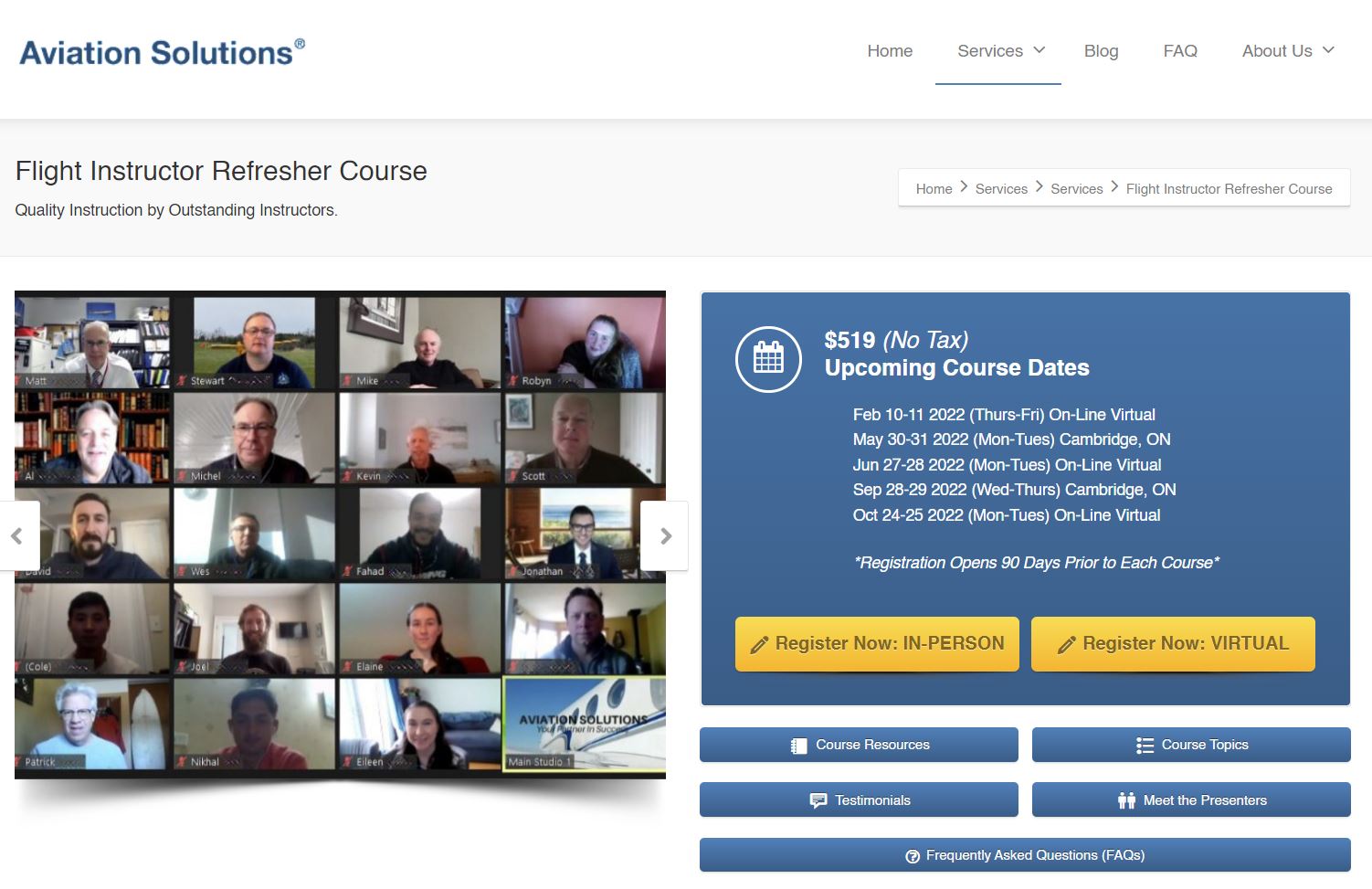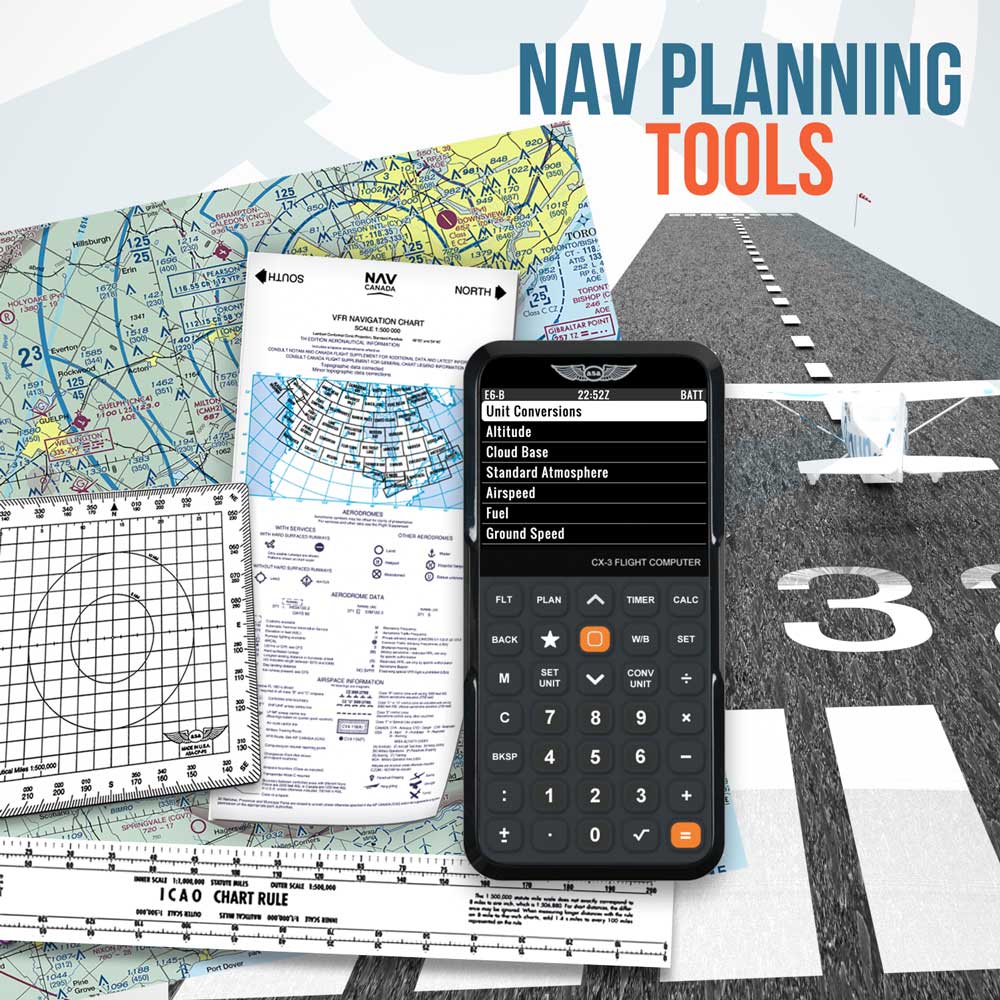
Essential Navigation PPL Words and Terms for Your Aviation Journey
Unlocking the fundamentals of aviation navigation begins with mastering the essential terms you need to know for your Private Pilot License (PPL). From understanding the intricacies of longitude and latitude to grasping the significance of concepts like airspeed and ground speed, these terms form the cornerstone of effective flight planning and execution. Whether it’s navigating along a meridian or calculating wind velocity to account for drift, a solid comprehension of these terms is indispensable for safe and successful flights. So, let’s delve into these key definitions to equip yourself with the knowledge necessary to navigate the skies confidently as you pursue your PPL.
Aviation Definitions
- Meridian: A line of longitude running from the North Pole to the South Pole on the Earth’s surface.
- Prime Meridian: The meridian designated as 0° longitude, from which other longitudes are measured, passing through Greenwich, England.
- Longitude: Angular distance east or west of the Prime Meridian, measured in degrees.
- Equator: The imaginary line encircling the Earth midway between the poles, dividing the Earth into the Northern and Southern Hemispheres, with a latitude of 0°.
- Latitude: Angular distance north or south of the Equator, measured in degrees.
- Rhumb Line/Great Circle: A rhumb line is a line crossing all meridians of longitude at the same angle, while a great circle is the largest circle that can be drawn on the surface of a sphere.
- Variation: The angular difference between true north and magnetic north at a particular location.
- Isogonal: A line on a map connecting points of equal magnetic variation.
- Agonic Line: A line on the Earth’s surface where magnetic north and true north are aligned, so there is no magnetic variation.
- Deviation: The error in a magnetic compass reading caused by magnetic influences within an aircraft or vessel.
- Track: The actual path traveled by an aircraft or vessel over the ground, often expressed as a series of points or a line on a map.
- Heading: The direction in which an aircraft or vessel is pointing or intended to travel, typically expressed as an angle relative to a reference point, such as true north.
- Airspeed: The speed of an aircraft relative to the air mass through which it is moving.
- Ground Speed: The speed of an aircraft or vessel relative to the Earth’s surface.
- Air Position: The geographic position of an aircraft relative to the Earth’s surface, typically determined using navigation instruments.
- Ground Position: The geographic position of an aircraft or vessel relative to the Earth’s surface, as determined by navigation instruments or visual landmarks.
- Bearing: The direction from one point to another, typically expressed as an angle measured clockwise from a reference point, such as true north.
- Wind Velocity: The speed and direction of the wind, typically measured at a specific location and altitude.
- Drift: The horizontal displacement of an aircraft or vessel caused by wind or current.
Getting your PPL/CPL? Checkout some of our FREE courses.
Looking for alternate resourses? Check out Skybrary.


